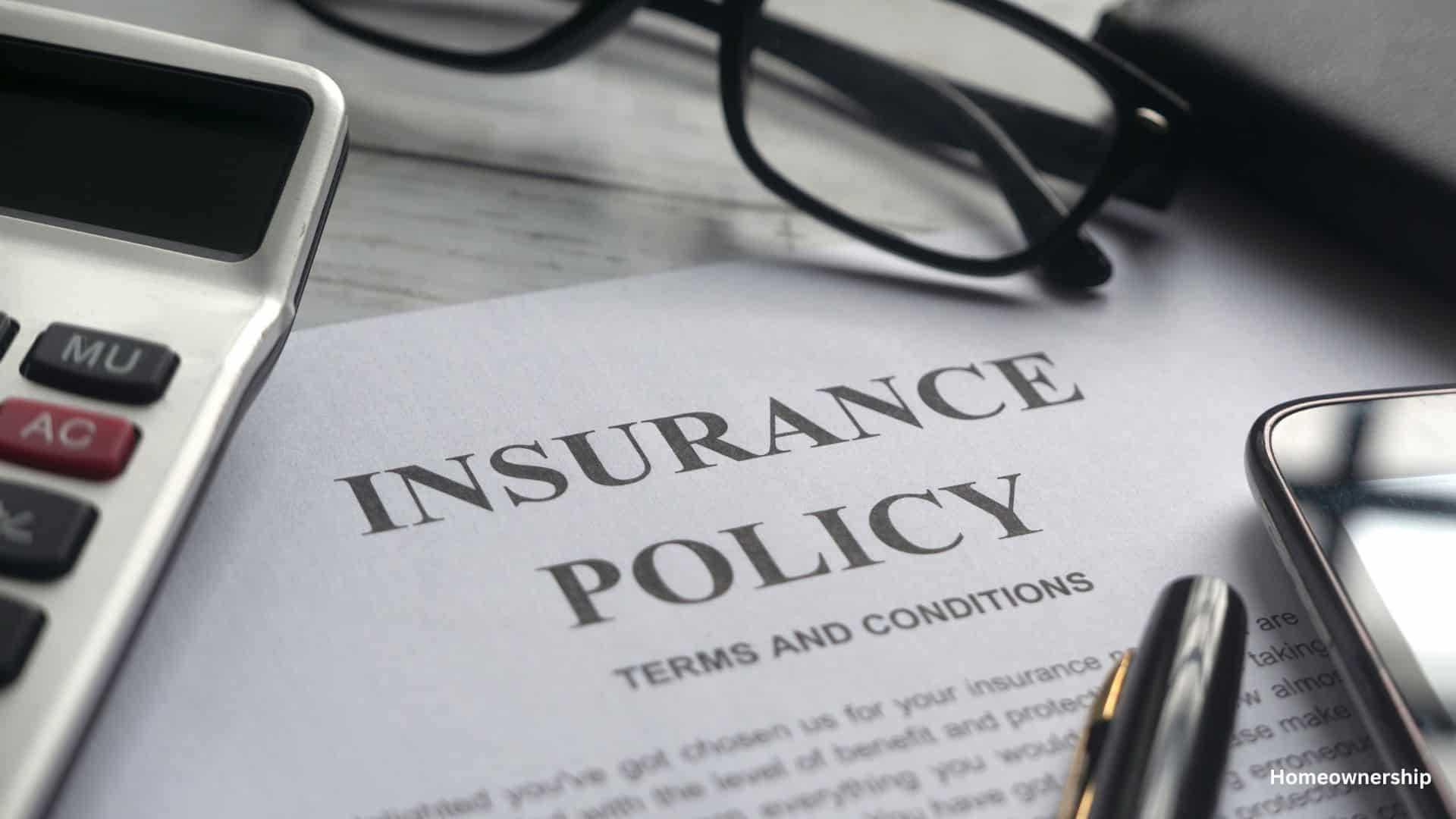Understanding home insurance costs is essential for homeowners. Various factors influence these costs, making it crucial to stay informed and proactive. Here’s a comprehensive guide to help you understand and manage your home insurance expenses.

The Basics of Home Insurance Costs
Home insurance costs are influenced by multiple elements, including your home’s location, the type of coverage you choose, and your personal claims history. As of April 2024, the average home insurance premium in the U.S. is $2,151 per year, or about $179 per month, for a policy with $300,000 in dwelling coverage (Kiplinger.com). However, premiums can vary significantly based on several factors.
8 Key Factors Affecting Home Insurance Costs
Location
Homes in high-risk areas often face higher premiums. Insurers assess risks like severe weather, crime rates, and proximity to fire stations. For example, tornado-prone Oklahoma has the highest average home insurance premium at $5,317 annually.
Type of Coverage
The coverage level you select impacts your premium. Standard options include dwelling coverage (home structure), personal property coverage (belongings), and liability coverage (legal expenses). More extensive coverage generally means higher premiums.
Deductible
Your deductible is the out-of-pocket amount before insurance kicks in. Higher deductibles usually lower your premium. Raising a deductible from $500 to $1,000 can reduce your premium by about 6% on average.
Home’s Age and Condition
The age and condition of your home play a significant role in your insurance cost. Newer homes or homes with updated features, like a new roof, typically cost less to insure due to reduced risk.

Home Security
Investing in security systems can lead to lower premiums. Features like alarm systems and deadbolt locks reduce theft risk, making your home less of a liability for insurers.
Claims History
A history of multiple claims can increase your premium. Claims usually stay on your record for seven years, affecting your insurance costs during this period.
Credit History
Insurers may use your credit score to assess risk. Higher credit scores often qualify for lower premiums, although some states restrict this practice.
Discounts
Many insurers offer discounts that can lower your premium. Common discounts include bundling home and auto insurance, paying annually, enrolling in automatic billing, and opting for paperless statements.

Tips for Managing Home Insurance Costs
- Re-shop Your Policy Annually: Compare rates from different insurers each year to find the best deal and potential savings.
- Maintain a Good Credit Score: A better credit score can lead to lower insurance premiums.
- Invest in Home Security: Installing security systems can qualify you for discounts on your insurance.
- Choose Higher Deductibles: Opting for a higher deductible can lower your premium, though it means you’ll pay more out-of-pocket for claims.
- Bundle Policies: Consider bundling your home insurance with other policies, such as auto insurance, to get multi-policy discounts.

Home insurance costs are influenced by various factors, from location and coverage type to claims and credit history. By understanding these elements, you can make informed decisions to manage and potentially lower your home insurance expenses. Regularly reviewing and reshopping your policy can save you hundreds of dollars each year.
Related posts:
 Realtors: Coronavirus Starts Slowing Down Housing Market
Realtors: Coronavirus Starts Slowing Down Housing Market
 How Companies Are Passing On Hope And Thriving With Innovation
How Companies Are Passing On Hope And Thriving With Innovation
 When Will Be a Good Time to Buy a House in 2024: Unveiling the Ideal Season
When Will Be a Good Time to Buy a House in 2024: Unveiling the Ideal Season
 Personal Loan vs. Equity Loan: 5 Main Differences You Need to Know Now
Personal Loan vs. Equity Loan: 5 Main Differences You Need to Know Now
 KBIS 2024’s DesignBites 10 Kitchen and Bath Innovators
KBIS 2024’s DesignBites 10 Kitchen and Bath Innovators



